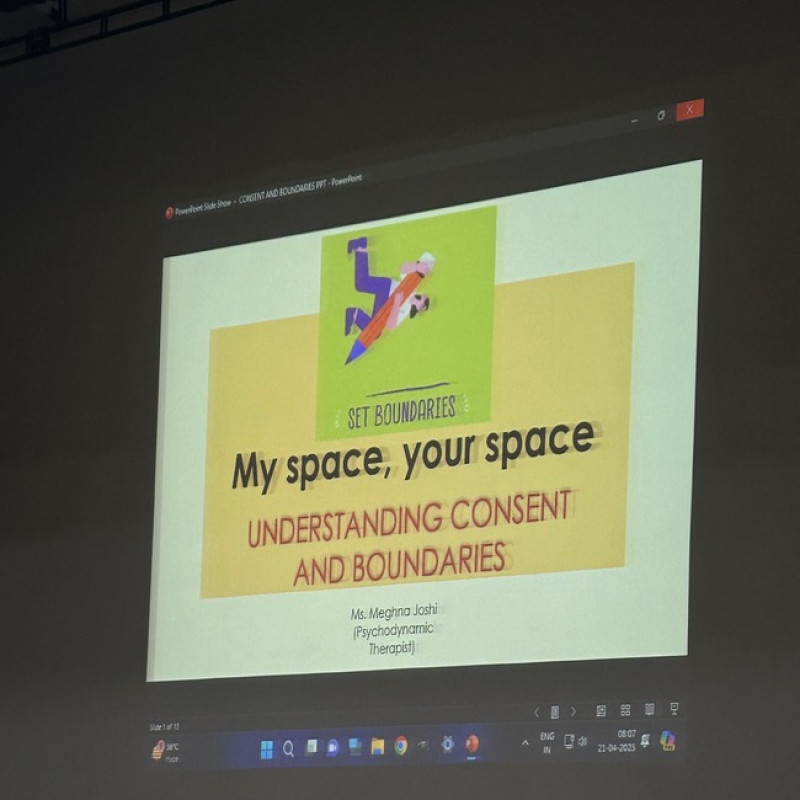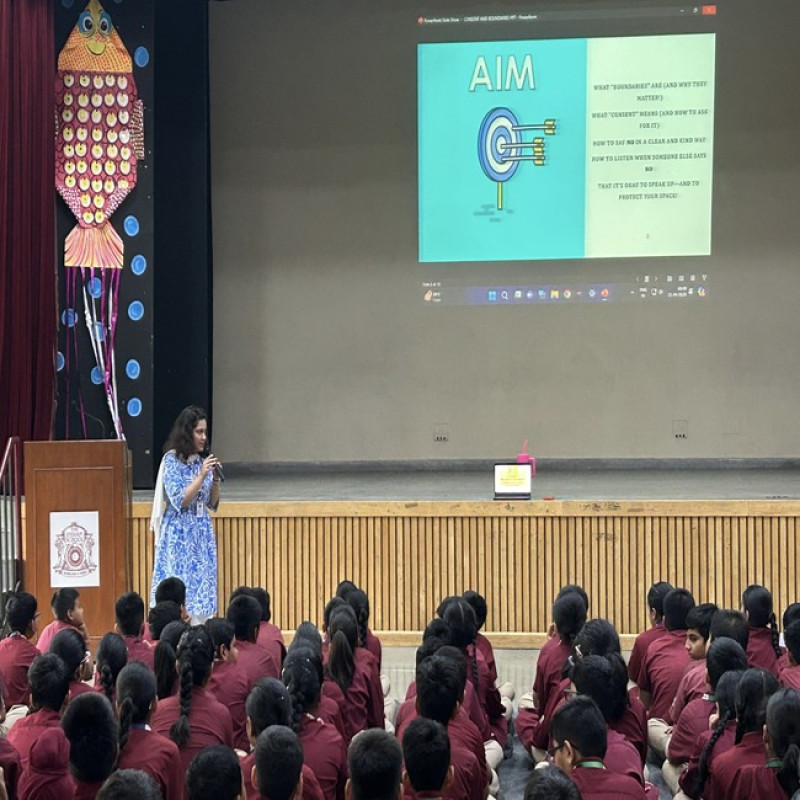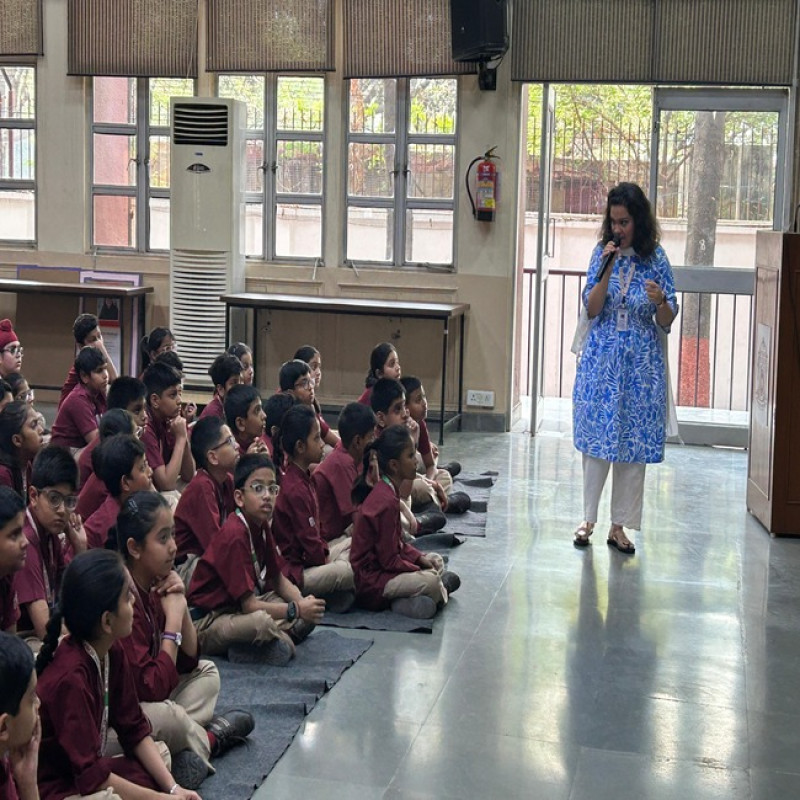Nurturing Boundaries, Honouring Consent: A Grade VI Emotional Literacy Session
On April 21, 2025, The Indian School took a meaningful step toward embedding emotional literacy in everyday school life, with a dedicated session on Consent and Boundaries for students of class VI. Facilitated by Ms Meghna Joshi, Psychodynamic School Counsellor, the session sought to introduce these essential concepts not just as rules, but as a way of being—woven into daily choices, gestures, and interactions.
Moving beyond the usual frameworks of "good touch–bad touch" or basic sex education, the session positioned consent as an ethos: an ongoing practice of respect, agency, and emotional awareness. Recognizing that middle schoolers respond best to stories, visuals, and play, the session blended gifs, memes, and relatable classroom examples to ground big ideas in familiar contexts.
It opened with the Yes, No, Maybe game, encouraging students to reflect on their comfort levels with everyday interactions—like being hugged. This naturally led into a conversation about consent using a simple yet striking metaphor from The Simpsons—you don’t enter someone’s space without ringing the doorbell. A “yes” must be clear, willing, and unpressured. Anything else is a no.
From there, the session unfolded into the terrain of boundaries—not as rigid walls, but as flexible, evolving lines that help us stay in touch with ourselves and with others. Students were introduced to different kinds of boundaries—physical, emotional, and those related to time and energy—using developmentally appropriate, real-life examples. They were invited to notice how their body and emotions respond in various situations: Do I feel safe? Tense? Open? Confused? These cues, they learned, can guide them in identifying what feels okay and what doesn’t.
Crucially, the session emphasized the need to communicate boundaries clearly, and to turn to a trusted adult when their limits are overlooked or disrespected. Children were also reassured that it's normal to feel unsure when learning to assert themselves—and that setting boundaries is a skill, one that strengthens with time, practice, and support.
A final take-home activity helped students map out what makes them feel safe, what doesn’t, and the language they can use to express their needs. Teachers were encouraged to carry the conversation forward during free periods and substitutions, making emotional safety and boundary-setting part of the school’s living culture—not a standalone event.
In a world where many adults still struggle to articulate their limits or honour others’, talking to children about these things early on is a quiet revolution. It empowers them to resist peer pressure, speak up when something feels wrong, and create space where they and others can feel emotionally safe.











